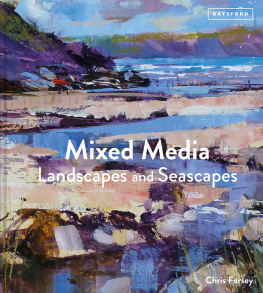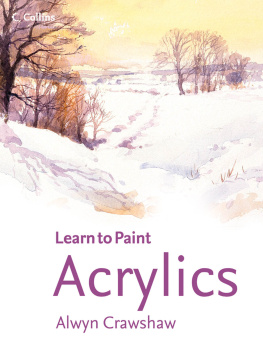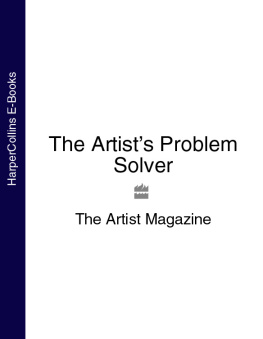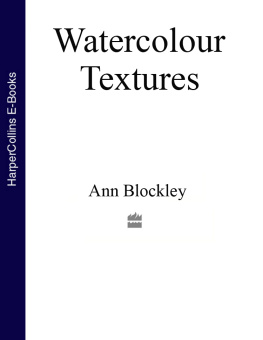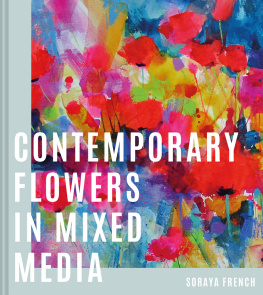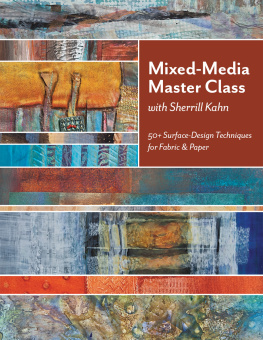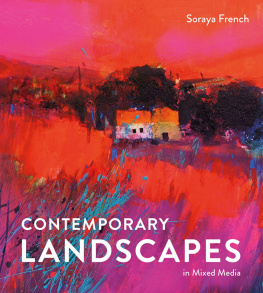Contents
Guide
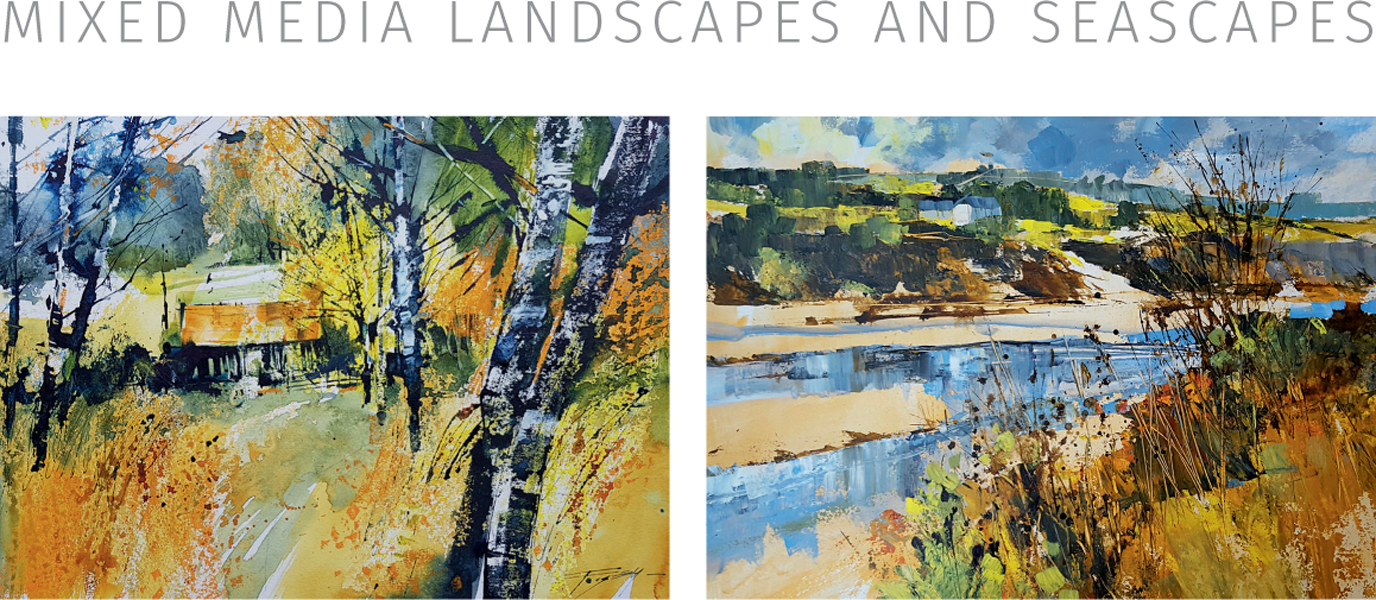
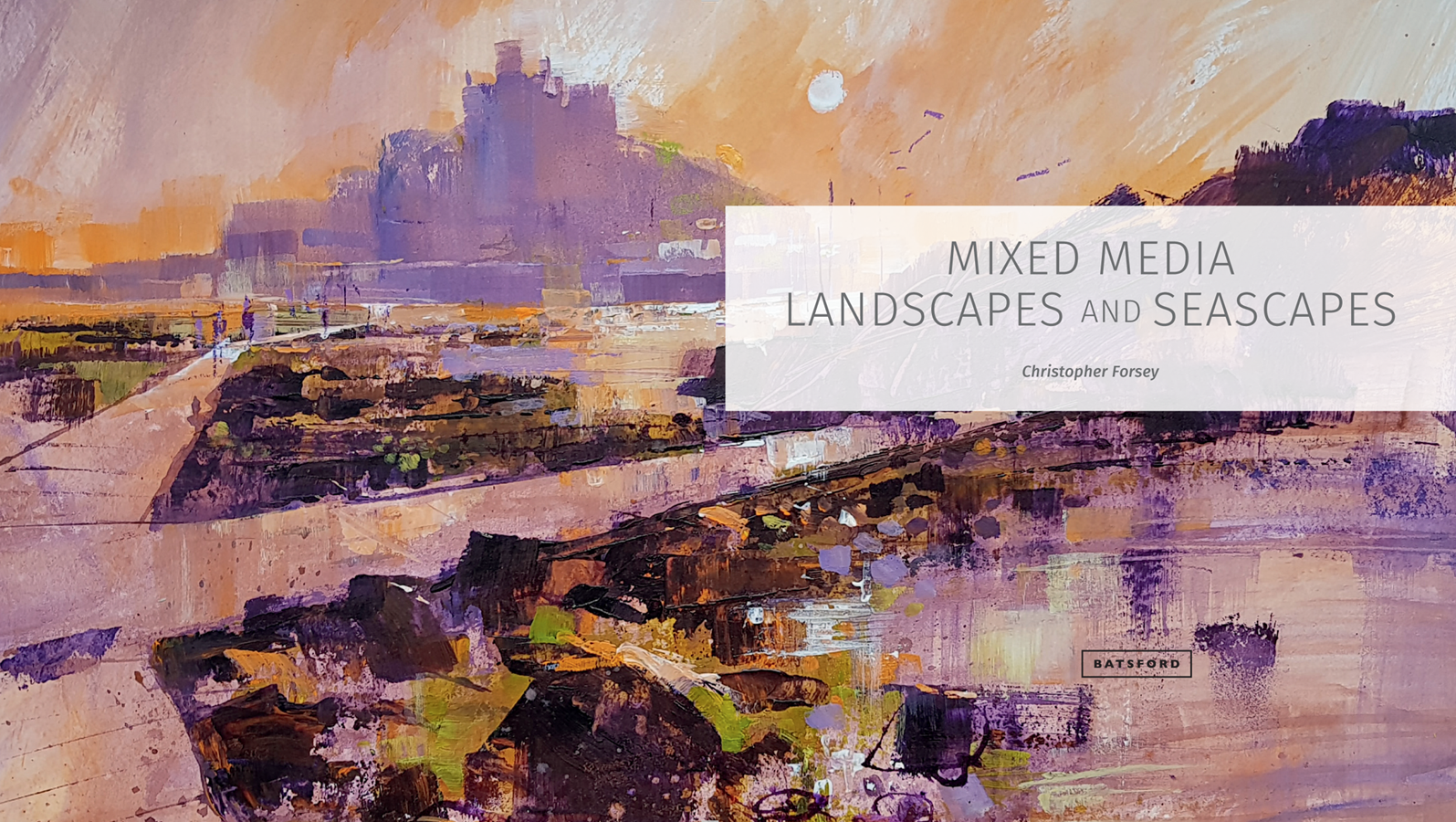
CONTENTS
INTRODUCTION
Our world presents artists with never-ending opportunities for inspiration, interpretation and the representation of these ideas in our paintings. Even the smallest patch of landscape can give each of us the chance to explore individual creative ideas and allow true personal expression to follow. The medium we use plays a large part in the appearance of the finished work the liquidity of inks, the transparency of watercolours, the opacity and texture of pastels and the expressive marks and brushstrokes of acrylic. All of these can be combined in different ways to create a truly individual result, full of expression, energy and excitement. I hope that this book will inspire you and take you on a rewarding creative journey.
The aims of this book
The choice available to artists these days regarding materials, tools and styles can be overwhelming. A visit to any art shop, whether on the high street or online, can leave a novice artist somewhat confused as to which mediums to choose and how to use them creatively. My aim is to give you an introduction to the materials you might wish to try and show how you might combine them to get the most from a mixed-media adventure in paint. My suggestions and advice are just a guide; its only through exploring and experimenting that you will find your true personal direction.
In this book youll find examples of painting using just two mediums, progressing to those using four or five to create a mixed-media combination that uses texture, mark-making, transparency, opacity, spontaneity and expression. Theres real visual excitement in the end result, and this way of painting is lots of fun, too. I hope this book will spark your creativity and open new horizons in how you see your art.

The Little Harbour, Boat Boxes, Cottages
40 51cm (16 20in)
Acrylic, paint, acrylic ink and oil pastel on acrylic paper
MATERIALS AND EQUIPMENT
The well-known painting mediums come in many colours and with methods of application that include brush, knife, scraper, roller and pen. Using combinations of them can add more complexity and interest to the appearance of an artwork. Some of these combinations are apparent in the work of such artists as John Piper (190392). Post-war austerity and no doubt a shortage of art supplies encouraged his use of available materials such as Indian ink, wax crayons, watercolour and gouache, which give his work on paper a certain appearance and quality we admire today. Earlier, Edgar Degas (18341917) used soft pastel over watercolour to great effect. We can learn a lot about combining different materials by looking at the work of these two artists and in particular at how one medium affects another; sometimes their non-compatibility produces just the effect we want in order to create exciting surfaces and dynamism in our paintings. A willingness to spend plenty of time on trial and error is very important in the mastering of how to get the most from your materials, combining them to give stimulating results.
Painting materials
I began my fine art career as a watercolourist, never looking elsewhere for a means of creating a painting. However, as an illustrator I had had extensive experience of using gouache and gradually I started to add it to my watercolour paintings. This made me want to explore further and a cornucopia of exciting products was revealed to me. I tried nearly all of them. Some I liked a lot, others I didnt respond to so much, but they all offered possibilities for experimentation. Heres a list of my choice of materials.
WATERCOLOURS
I use artist-quality watercolours in tubes. The colours are richer, juicier and more intense in colour than the student-quality tubes and watercolours in pans, and react in a more interesting way with water and other mediums, promoting spontaneous expression and unpredictable results. When squeezed directly from the tube the paint can be applied in a dry, rich way, sometimes emulating oil or acrylic, and is useful combined with the thinner transparent washes. Watercolour in bottles can be useful too, dense in hue and exciting to work with.

Acrylic and watercolour paints.
ACRYLIC INKS
I often use acrylic inks from bottles that have a pipette in the cap. The pipette is handy for squeezing ink into a palette, though I regularly use it for drawing directly onto the painting. My colours of choice are surprisingly small from a large range. I use the darker colours: browns including Sepia, Antelope Brown and Burnt Umber, together with Paynes Grey, Indigo and Purple Lake. In addition, orange and white inks can be very useful, the white being highly opaque.

Acrylic ink, wax crayons and oil pastels.
ACRYLIC PAINT
This is a very versatile medium, which can be mixed with plenty of water to emulate pure watercolour, or layered thickly onto the support like oil paints. I use it both in its transparent state, mixed with water or a lot of acrylic medium, and in its opaque, undiluted form.
OIL PASTELS
I like oil pastels for both starting a painting and adding finishing touches of colour. They make a good resist to watercolours and very diluted inks and their opacity makes them useful for scumbling over a layer of painted pigment.
WAX CRAYONS
I carry these with me whenever I go sketching, either for adding a dash of colour to a monochrome sketch or for making a resist to a watercolour wash.
WATER-SOLUBLE CRAYONS
When youre sketching you can add water to a scribble of colour made with these crayons, and create a useful colour wash that you can draw into again while its still wet, to create a broken, blurry line. I particularly enjoy using a dark crayon as it adds texture and tone to the sketch drawing. The crayons are also useful for a dynamic element of drawing added to the painting in the later stages.
Tools
While a lot of tempting equipment is to be found in art shops and online catalogues, you wont need most of it. Its best to buy a limited range and get to know it well, then you can make educated decisions about any extras you may want to try.
BRUSHES
Finding the right brush can take a lot of trial and error before you hit upon the shape and size that suits you best. I prefer a flat brush as it can be laid on its face and dragged across the support, thus creating a flat, broad mark, or the sharp tip can be applied to make a linear mark. Combining both methods gives the artist a lot of alternatives in mark-making. I use a surprisingly small selection: 50mm (2in), 38mm (1in) and 25mm (1in). I also use a rigger occasionally for its long, fine hairs.

